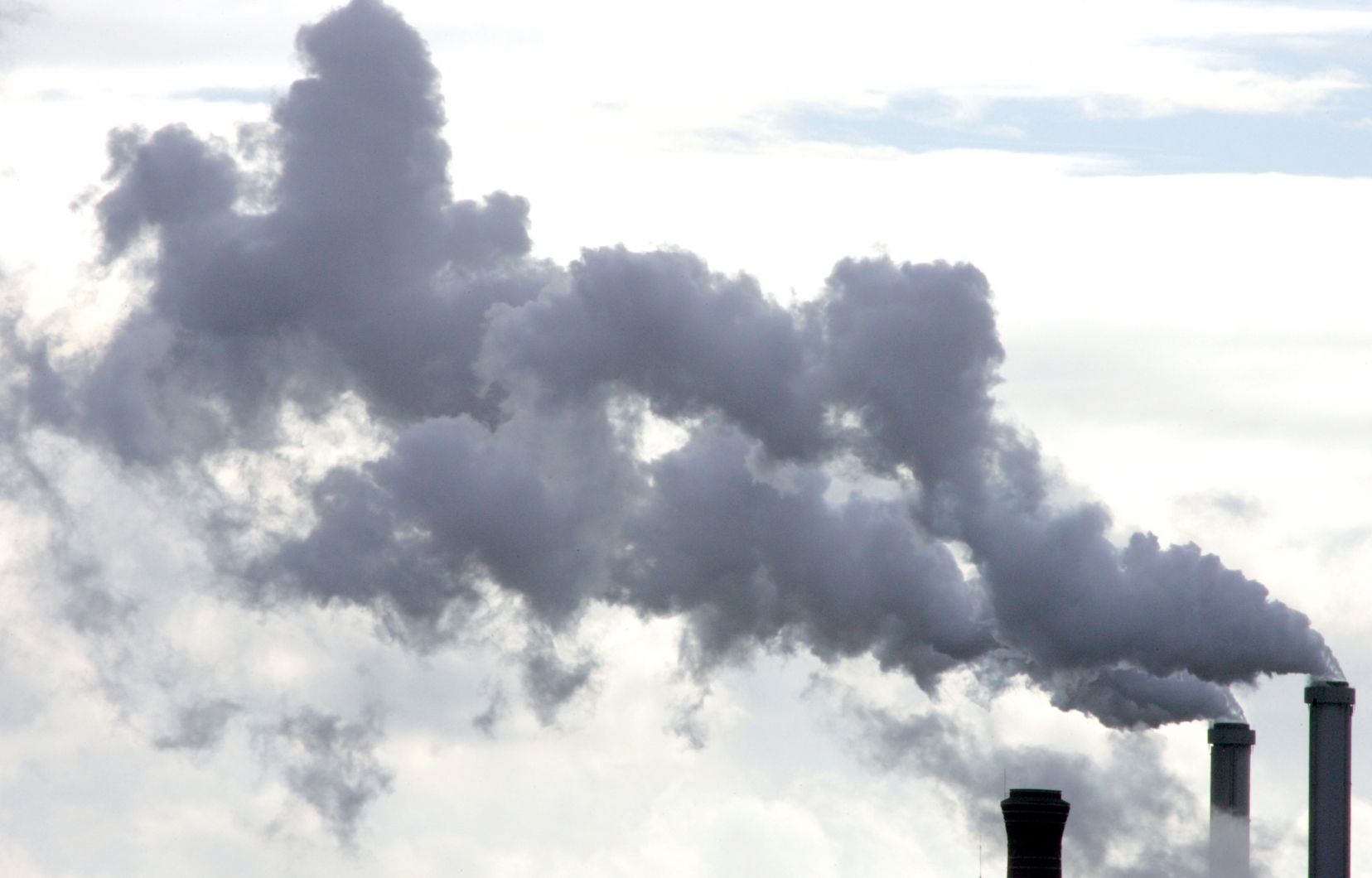Canadians must change the old ways of choosing their cars and heating their buildings so quickly that the Liberal government struggles to meet its latest climate goal, the Parliamentary budget official concludes.
Prime Minister Justin Trudeau promised in April that Canada would reduce greenhouse gas emissions by 40 to 45% by 2030 compared to 2005 levels. Canada had already signed the Paris Agreement in 2015, which expects a 30% reduction by 2030. But The Liberal government has since joined forces with other nations to raise this goal even further, to spur international efforts to combat climate change.
The Liberal government says current measures, including a carbon tax system, have already put Canada on track to reduce its emissions by 36% by 2030. The Liberals have yet to say how they will succeed. Fill the gap by up to 40-45%.
The Parliamentary Budget Officer (PBO) studied the government’s higher objectives: he concluded that although there are technologies today that allow such a reduction, “the scale and speed of the changes needed will make them difficult to achieve.”
The report, released on Wednesday, gives examples in sectors such as transportation or oil and gas. Accordingly, the PBO estimates that with the current fleet of cars and light trucks in Canada at about 23 million, reaching the revised target would require about half of new vehicle sales from next year to be “emissions-free” vehicles – only recharged with Electric clean. However, the PBO said, “Only costly support will achieve such a goal.”
On the other hand, heating buildings using methods that emit less carbon and further reduce emissions in the oil sands sector will require rapid deployment of new technologies, with the right infrastructure in place.
“Thus, the main obstacle to overcome in each case is the need to replace existing equipment on a large scale,” summarizes PBO. For example, the report states that putting more electric cars on the road means they must be supported with adequate electric production capacity for recharging.
“carbon tax”
The report also analyzed how a liberal carbon tax increase would affect the Canadian economy.
Last December, the government confirmed that the royalty would increase steadily, gradually rising from $50 per ton in 2022 to $170 per ton in 2030. This decision has been criticized by many players in the oil and gas industries in Western Canada. So do conservatives in Ottawa, who all claim that fuel costs unfairly weigh on Canadians who have no choice but to drive. They also argue that this policy undermines the competitiveness of Canadian companies, as not all countries have implemented this carbon tax.
The PBO report says that raising the tax to $170 per ton and other government climate policies will “reduce the projected level of real GDP by 1.4% in 2030”. The PBO presents this figure with two caveats, however: There is no estimate of the impact that climate change could have on Canada, and the potential productivity gains that could result from climate change are not known. Adopt new technologies.
The report also notes that the effects on real labor income will be felt mainly in the oil and gas and transportation sectors – particularly among workers with lower levels of education.
Watch the video

“Alcohol scholar. Twitter lover. Zombieaholic. Hipster-friendly coffee fanatic.”

